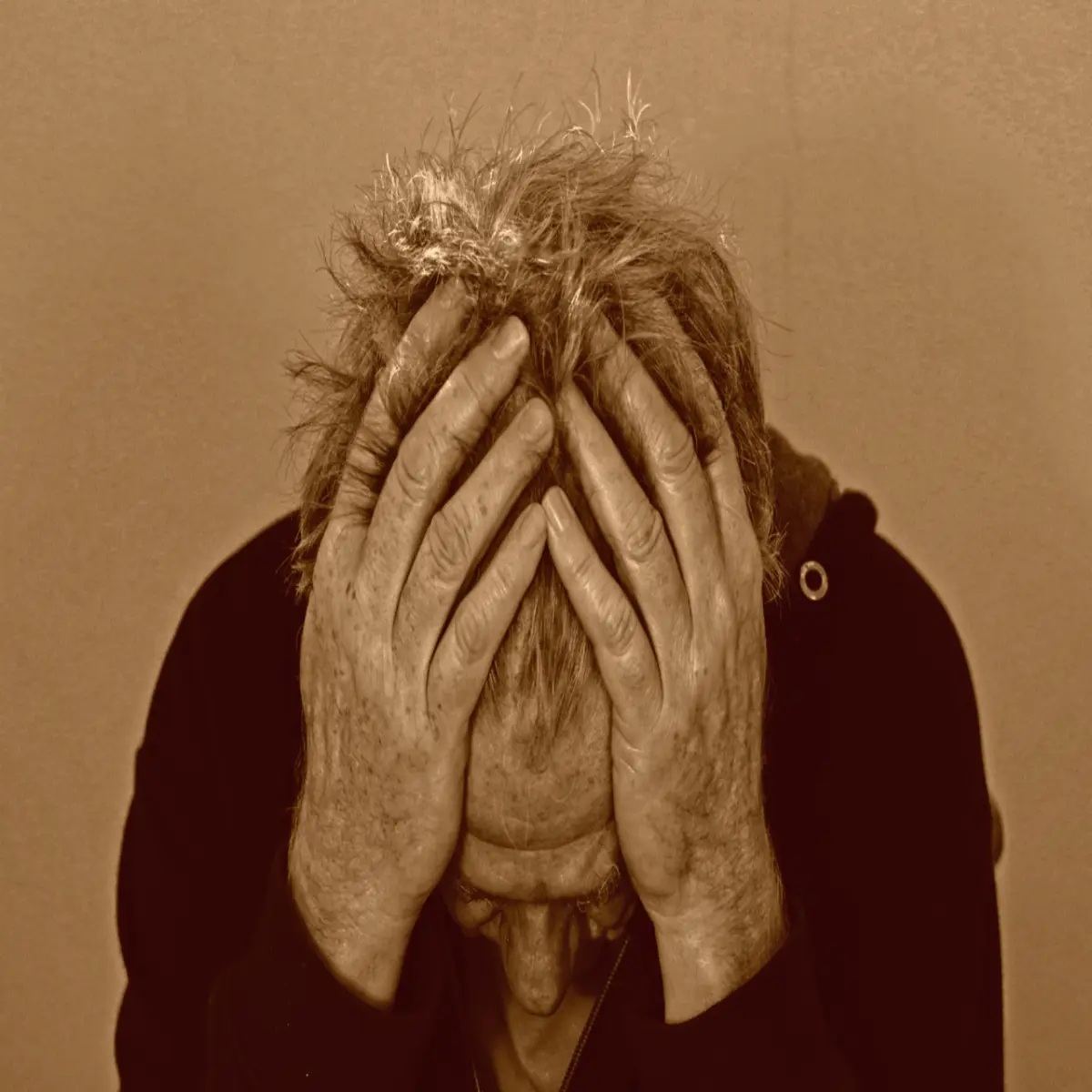What is Bipolar Disorder Symptoms?

Understanding Bipolar depression aka manic depression
Bipolar disorder is a mental health condition where someone experiences extreme mood changes. These mood swings are much more intense than the regular ups and downs people feel in everyday life. A person with bipolar disorder may go through periods of feeling super happy, energetic, and productive (called mania or hypomania), and then suddenly feel very low, sad, or hopeless (called depression). These mood shifts can last for days, weeks, or even months, and they can make it hard to do everyday things like work, study, or maintain relationships.
Bipolar Types
There are several types, including Bipolar I (This type involves at least one manic episode where a person feels super high-energy, excited, or overactive for a week or more. During this time, they might make risky decisions or not sleep much. There are also depressive episodes), Bipolar II (people with this type have periods of depression, but their hypomanic highs aren't as extreme as in Bipolar I. Hypomania is like a milder version of mania—still energetic, but not as out of control.). Other forms include mixed episodes (simultaneous depression and mania) and rapid cycling (four or more episodes in a year).What is Maniac episode? A manic episode is a time when a person feels very up excited, full of energy, or extremely irritable in a way that’s not normal for them. They may talk fast, sleep less, and do risky things without thinking. This high-energy mood lasts for at least 7 days, or less if they need to go to the hospital. It’s usually so intense that it causes serious problems in their job, school, or relationships.
Bipolar Symptoms
The depressive phase of bipolar disorder can be intense and often resembles major depression. It’s one of the two main mood episodes in bipolar disorder, the other being the manic (or hypomanic) phase Here’s a breakdown of the common symptoms during the depressive phase
- Feelings of hopelessness
- Anxiety Attack
- Low energy
- Poor concentration
- Changes in sleep and appetite
- Physical or emotional fatigue
- Persistent Sadness or Emptiness
- Loss of Interest or Pleasure (Anhedonia)
- Fatigue
- Sleep Problems
- Appetite or Weight Changes
- Difficulty Concentrating
- Feelings of Worthlessness or Guilt
Causes and Risk Factors
If someone in your family—like a parent or sibling—has bipolar disorder, you’re more likely to have it too. But it doesn’t mean you definitely will. Some studies show that people with bipolar disorder may have differences in their brain structure, chemicals (like neurotransmitters), or how their brain works. These differences may affect mood control. Big life events—like losing a loved one, going through a breakup, or serious stress—can sometimes trigger the first episode of bipolar disorder, especially if you’re already at risk. Using drugs or alcohol can trigger or worsen mood episodes. Some substances can make symptoms stronger or bring on a manic or depressive episode. Abuse, neglect, or growing up in a very stressful or unstable environment may increase the risk of developing bipolar disorder later in life.
Bipolar Disorder Treatment Options
| Type | Description | Examples |
|---|---|---|
| Medication | Helps balance mood and prevent manic or depressive episodes. | Mood stabilizers (e.g., lithium), Antipsychotics,Antidepressants Anti-anxiety medications |
| Psychotherapy | Talk therapy to manage symptoms and improve emotional health. | Cognitive Behavioral Therapy (CBT) Family-focused therapy Psychoeducation Interpersonal and Social Rhythm Therapy (IPSRT) |
| Lifestyle and Self-Care | Daily habits that support mood stability and overall well-being. | Regular sleep schedule Healthy diet and exercise Avoiding alcohol and drugsMood tracking Support system |





